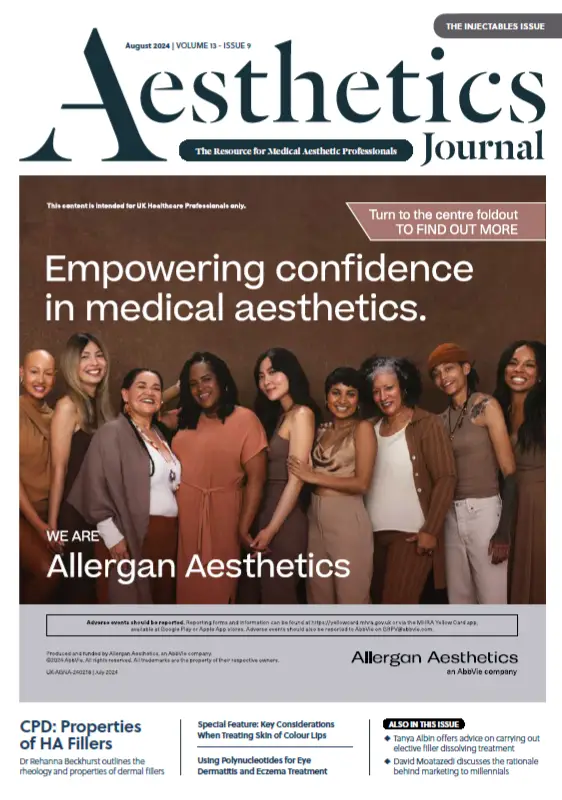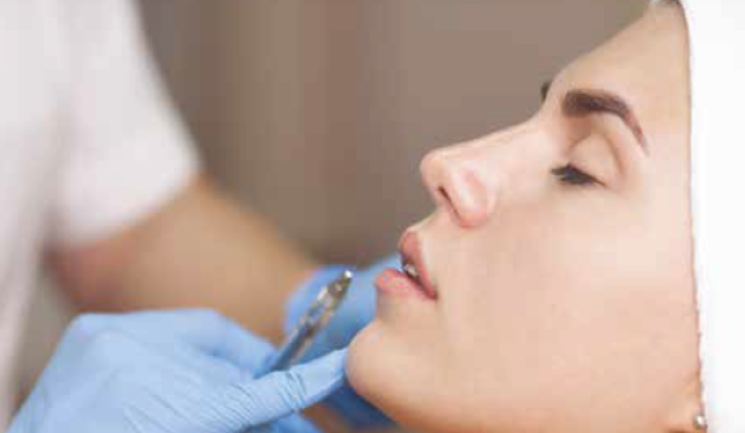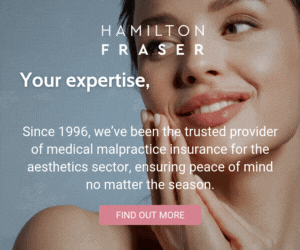Nurse prescriber Alice Henshaw describes how she identified and successfully treated a complication in the lips
To access this post, you must purchase Aesthetics Journal Membership – Annual Elite Membership, Aesthetics Journal Membership – Annual Enhanced Membership or Aesthetics Journal Membership – Basic Membership.









